Decades before President Donald Trump took a bulldozer to the East Wing of the White House, the longtime real estate developer reportedly had no problem smashing irreplaceable art in New York City.
The president’s demolition of part of the White House has sparked widespread outrage over his apparent disregard for preserving history and his lack of transparency or oversight as he clears the way to build a $300 million ballroom.
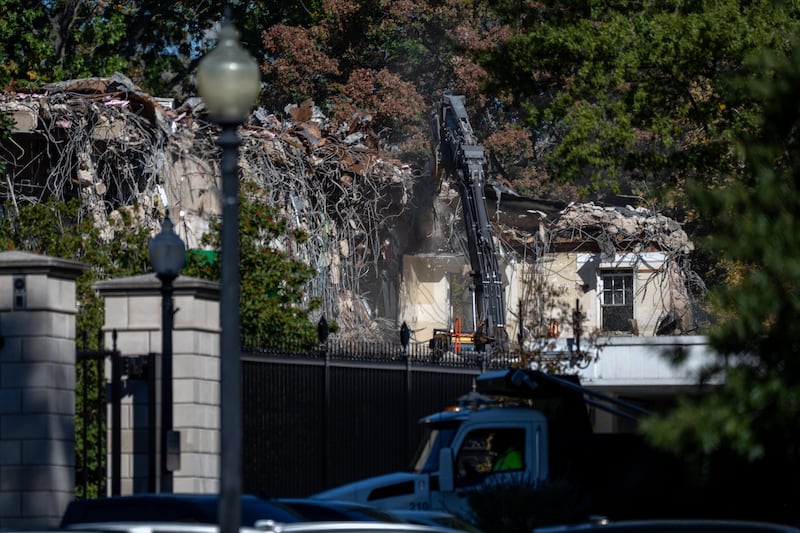
However, it is not the first time Trump has disregarded preservationists and history for a project that would essentially memorialize him, according to reports.
He was said to have done something similar while building Trump Tower in Manhattan.
“The two incidents are bound together by yet another example of Trump’s unconcern and ignorance of the past and history, and his propensity to lie,” said Trump biographer Harry Hurt III, author of Lost Tycoon: The Many Lives of Donald J. Trump.
Trump bought the luxury Bonwit Teller store on Fifth Avenue in 1979 for $15 million. Warren and Wetmore, the architects behind Grand Central Terminal, had designed the 12-story building.
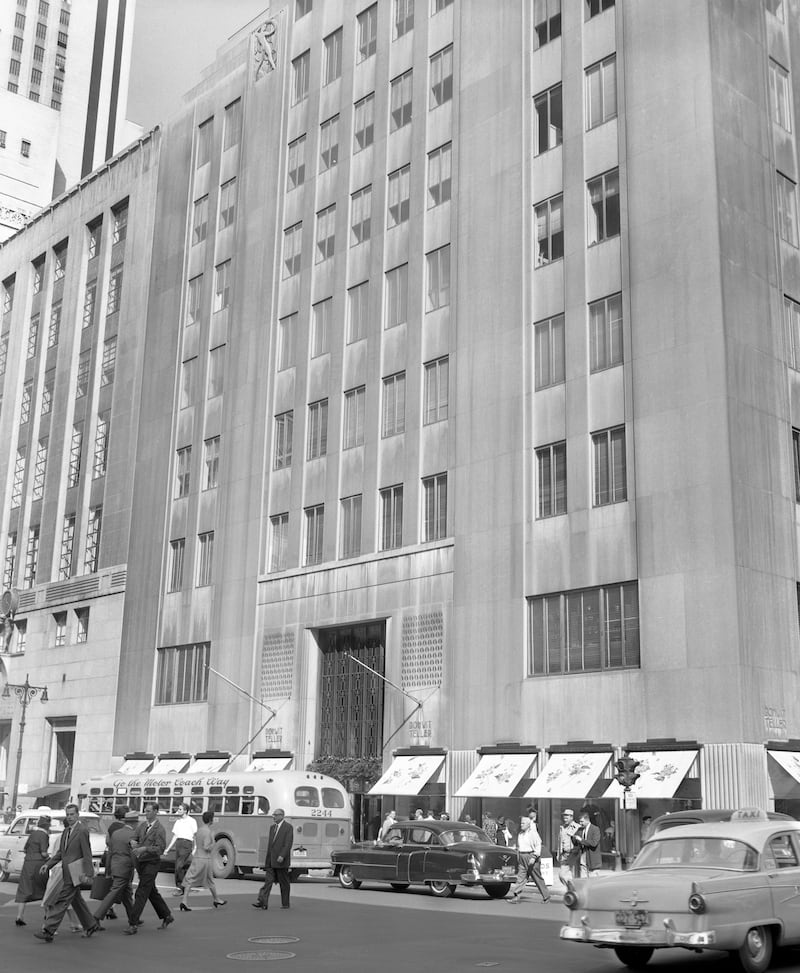
The New York real estate developer planned to level it to make way for Trump Tower.
As demolition drew near, preservationists urged Trump to save two 15-foot Art Deco sculptures at the top of the building that depicted semi-nude goddesses brandishing large scarves.
Trump reportedly promised to donate the sculptures to The Metropolitan Museum of Art, provided it was not too costly.
Then came the alleged destruction that shocked New York’s art community.
“New York City trumped: Developer smashes panels” read the headline of an article in Preservation News’ July 1980 edition.
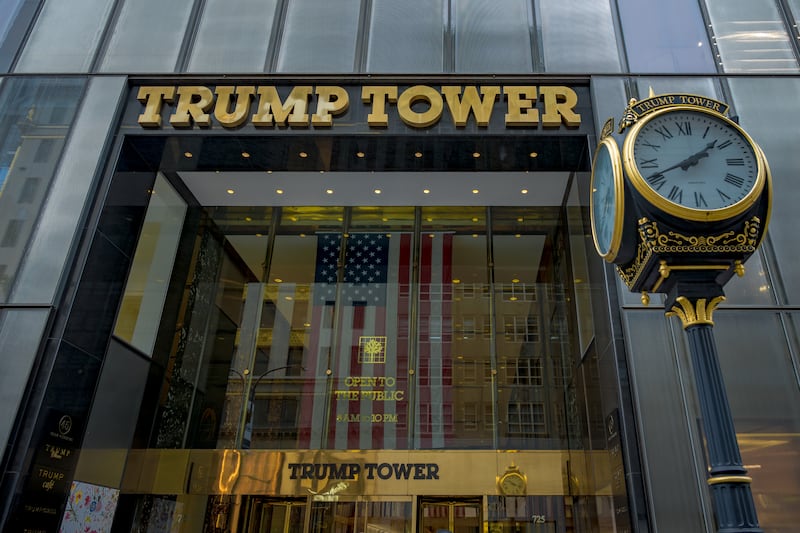
“Two irreplaceable Art Deco sculptures were smashed by jackhammers last month under orders of a New York City developer who had promised them to the Metropolitan Museum of Art,” it read.
According to the article, Trump had promised the sculptures as well as a 15-foot nickel-plated grille from the outside of the building to the museum in a February letter, if it was not too expensive. The grille also allegedly went missing after it was supposed to be shipped to a warehouse.
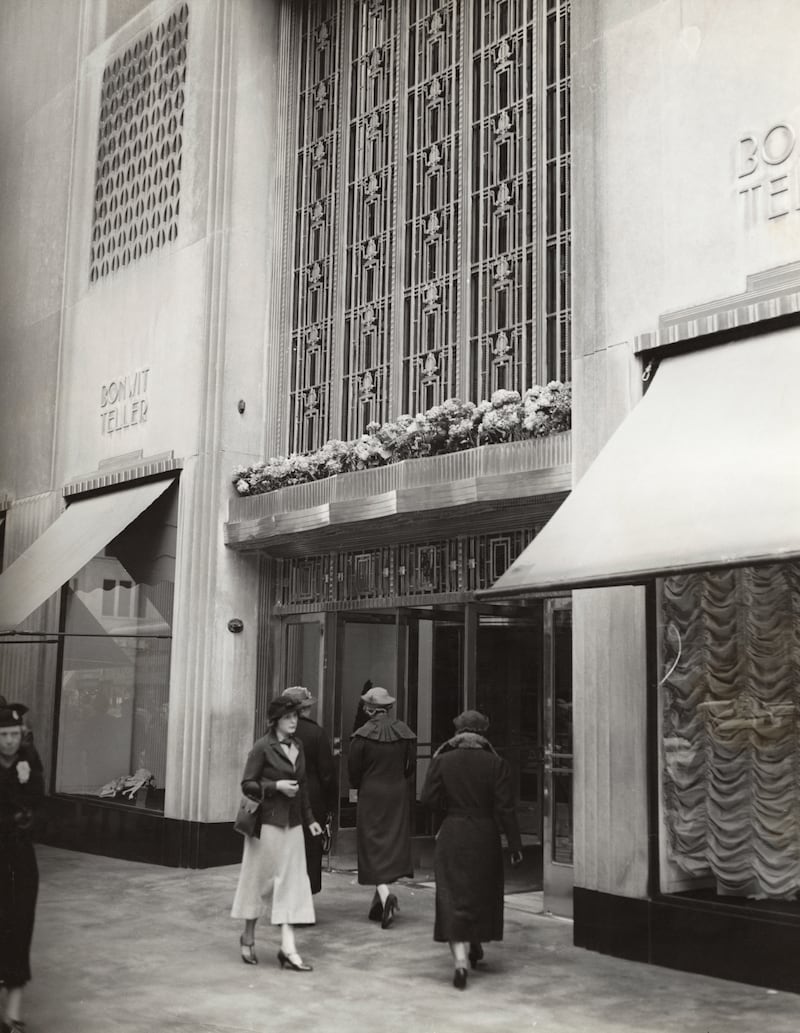
However, the Trump Organization estimated that preserving the panels would cost $32,000 and delay construction by 10 days due to the need for cranes and permits, so it was deemed not worth it, the report said.
Instead, the sculptures were “crushed into dust with no warning to the museum or anyone else.”
A spokesperson for Trump, John Baron, claimed to The New York Times that the sculptures were worth just $9,000 in resale.
Baron, one of the pseudonyms used by Trump himself, claimed the Trump Organization obtained three independent appraisals of the sculptures.
“Typical of Trump, he called The New York Times, masquerading as John Baron, which was a pseudonym that he often used for little gambits like in the media, and declared that the friezes had been evaluated and assessed and that they weren’t of any value, which was complete bull,” Hurt said.
The museum’s appraiser estimated that the panels and grille were worth $200,000.
“Can you imagine the museum accepting them if they were not of artistic merit?” Ashton Hawkins, the Met’s vice president who passed away in 2022, told The New York Times at the time.
“Architectural sculpture of this quality is rare and would have made definite sense in our collections. Their monetary value was not what we were interested in. The department of 20th-century art was interested in having them because of their artistic merit.”
The book, Art and Crime: The Fight Against Looters, Forgers, and Fraudsters in the High-Stakes Art World, includes an excerpt about Trump’s “History of Pulverizing Historic Buildings.”
It reported how journalists from The New York Times and The Washington Post kept trying to find the art. The New York Times reported that Trump ended up contacting them himself to explain he had ordered the destruction, “Because their removal could have cost more than $500,000 in taxes, demolition delays and other expenses, and might have endangered passing pedestrians on Fifth Avenue.”
Trump, that November, referred to what was destroyed at Bonwit Teller in New York Magazine as “junk” and worthless, and claimed the Met museum didn’t want it.
“He infuriated just about everyone in New York—not to mention the Municipal Art Society and the Landmark Preservation Commission, forces no New York developer needs against him—by jackhammering the Bonwit Teller sculptures,” the magazine wrote.
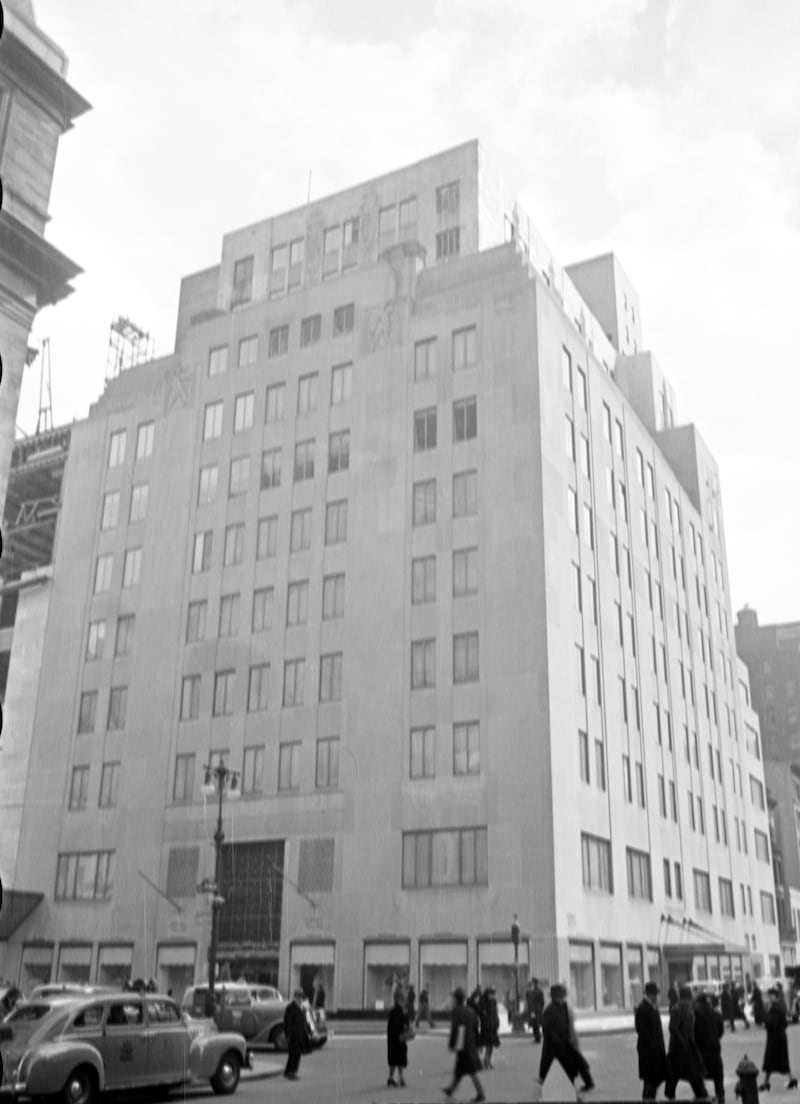
It also noted that the demolition crew reportedly got the job by entering the lowest bid. Trump’s own architects at the time were quoted as saying he was “naive” about art and didn’t know what was good.
“If Donald hasn’t built it, it’s not any good,” a friend told the magazine.
Hurt sees the same thing that happened with Trump’s New York development happening with the ballroom construction, as the cost has already ballooned beyond the original $100 million Trump suggested back in February.
“He lies about the East Wing, he lies about the ballroom,” he said. “He lies about everything, so he lies about being a developer too.”
Trump previously said the ballroom would not interfere with the current building, only for the East Wing to be leveled this week.
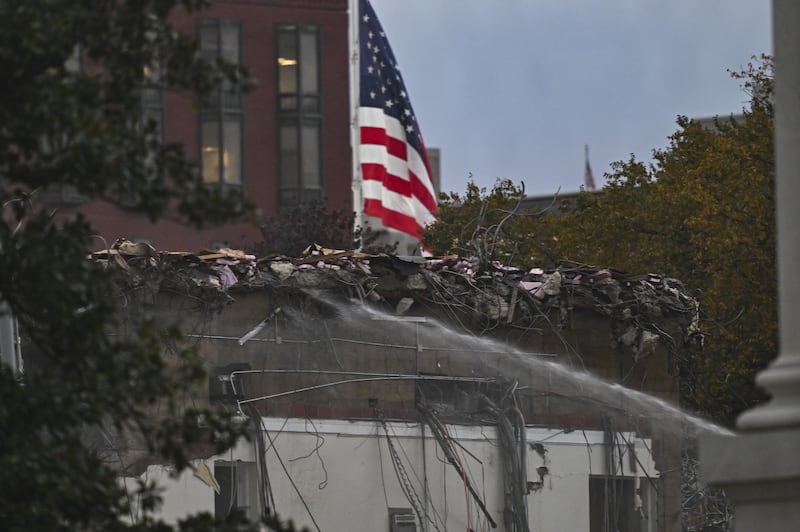
The president first said he would pay for it, but several wealthy donors and corporations are now footing the bill. The plans over the summer also estimated it would cost $200 million. The price tag has since hit $300.
“One thing that you have to understand that is fundamental is that Donald Trump is a total sham as a real estate developer, the money that fueled his initial real estate deals and also his casinos came from his father, Fred Trump,” he noted. “He was a rich kid whose daddy funded it, and his daddy’s connections with the New York powers that be at the time… enabled Trump to become a real estate developer.”
The post Trump’s East Wing Demolition Isn’t His First Shocking Historic Smashup appeared first on The Daily Beast.




